This story takes place at a small station named Serra on the Santa Fe Railway’s Los Angeles–San Diego line. One Saturday in the early 1950s, a work train, its work done for the day, was parked on an auxiliary track at the station. As a steam locomotive—oil-fired Mikado No. 3139—was the power for the work train, it was necessary to have an engine watchman present to keep steam pressure up during the time the work train was not working and the crew was getting their rest. The engine watchman’s job was not very desirable, and consequently fell to the lowest fireman on the seniority list.
The station at Serra was a picturesque little structure of white stucco with a red clay tile roof, located on the west end of a sweeping 50-mph curve, with the first panoramic view of the Pacific Ocean that one gets from the train as the railroad joins the surf on its way to San Diego.
The young engine watchman, sent down from Los Angeles, arrived at Serra on Saturday evening to watch the work train engine for Saturday night and Sunday. The engine had to be ready to go to work early Monday morning. The watchman’s duties were minimal, keeping pressure at a workable level, water in the boiler, and supplying the engine with sand and lubricating oil. Steam pressure was maintained by periodically starting up the fire, building up steam pressure so that the water injectors would work to supply water to the boiler, then putting the fire out. The engine then needed little attention for two or three hours as its steam pressure and boiler-water level slowly dropped. Then the procedure would be repeated to build up steam and boiler-water level again. (Unlike coal-fired engines, oil-burners can have their fires started or extinguished quickly.)
The job was boring. A young man might be tempted to briefly slip away from his post in search of some diversion, yet there surely was not much going on at Serra on a Saturday night. However, on the big Marine Corps Air Base at Irvine, a station about seven miles west of Serra, there was a USO dance on Saturday nights.
The young fireman at this point apparently decided—contrary to railroad rules—that he could build up steam pressure and fill the boiler with water, put out the fire, and leave the engine for a few hours. He could drive to the Marine base, spend a couple of hours at the dance, and get back to the engine in time to build up the steam pressure that had leaked down.
The exact sequence of events, and the duration of the watchman’s absence, will never be known for sure. But what apparently happened is that when he returned to the locomotive, he got up into the cab and noticed the steam pressure had dropped considerably. He immediately started the fire in the firebox to start rebuilding the steam pressure. Either he did not check the water level in the boiler, or he thought he could see water in the water glass gauge without checking the positive gauge cocks. Sometimes the water glasses would get stopped up with boiler sediment and register a higher-than-actual water level.
With a big fire going, the crown sheet of boiler firebox attained a very high temperature. At this time, the fireman decided to start the injector to replenish the water supply to the boiler. The injector syphons water from the locomotive tender—which is very cold relative to the boiler interior—into the boiler to produce steam.
Most everyone knows what happens to drops of water that fall into a hot skillet on the stove; imagine this reaction magnified thousands of times. When the cold water hit the white-hot crown sheet of the boiler, there was a tremendous explosion. The boiler separated from the frame and traveled through the air like a giant projectile. It hit the roof of the Serra depot, tore off the top of the roof, and landed about 200 yards away from where the locomotive was. The track under the engine was blown away, forming a large crater. Parts of the locomotive were strewn around in all directions. Needless to say, as is nearly always the case with boiler explosions, the young engine watchman did not survive this violent destruction.
Boiler explosions were rare in the later decades of the steam era, yet they were grimly memorable. I passed the scene of this accident the next day on train N076 to San Diego. The destruction and tremendous power of the explosion, the only one whose aftermath I ever witnessed, remains vivid in my memory today, several decades later.
First published in Spring 2009 Classic Trains magazine.
Learn more about railroad history by signing up for the Classic Trains e-mail newsletter. It’s a free monthly e-mail devoted to the golden years of railroading.





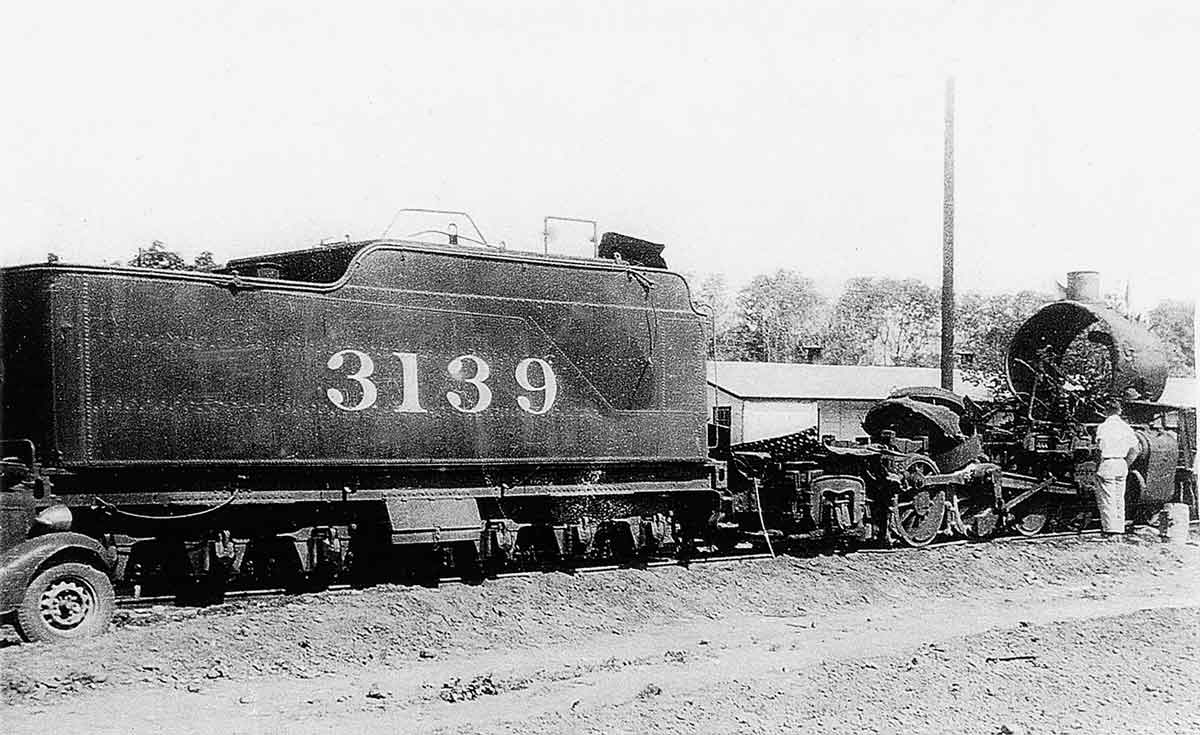

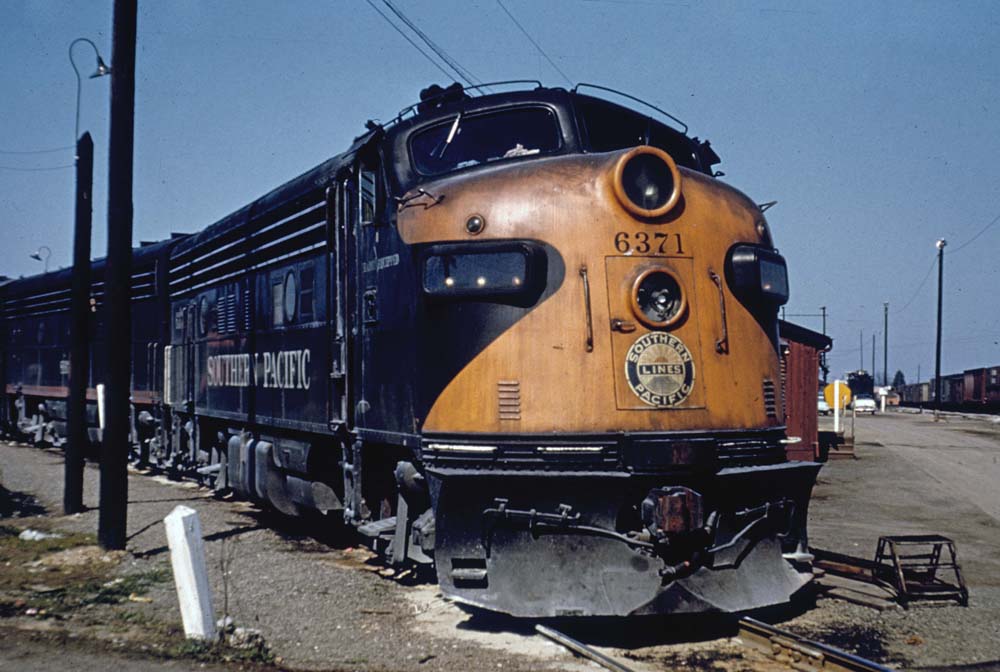
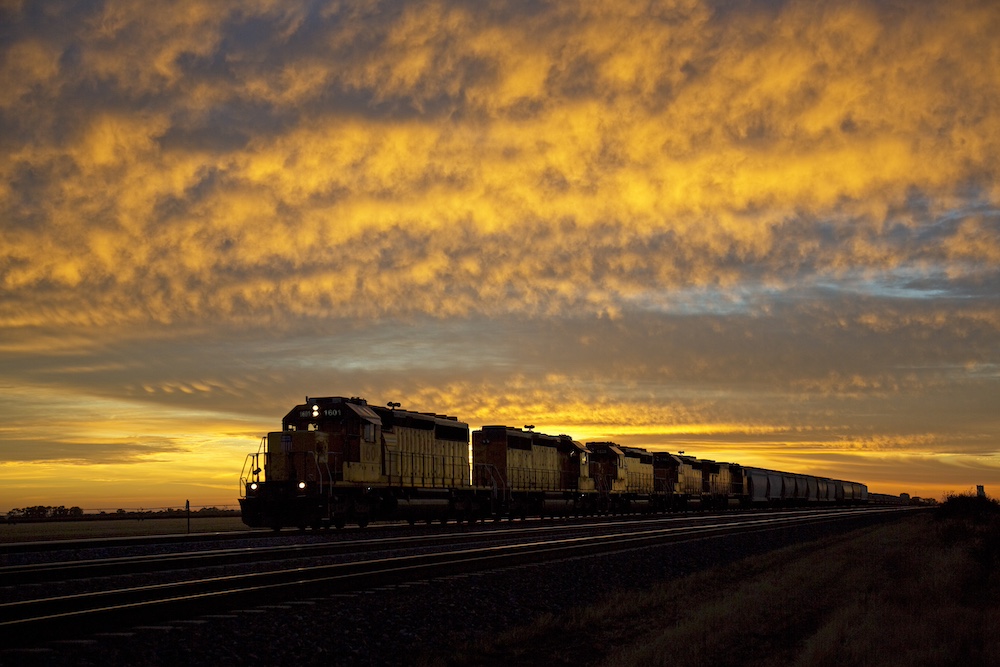
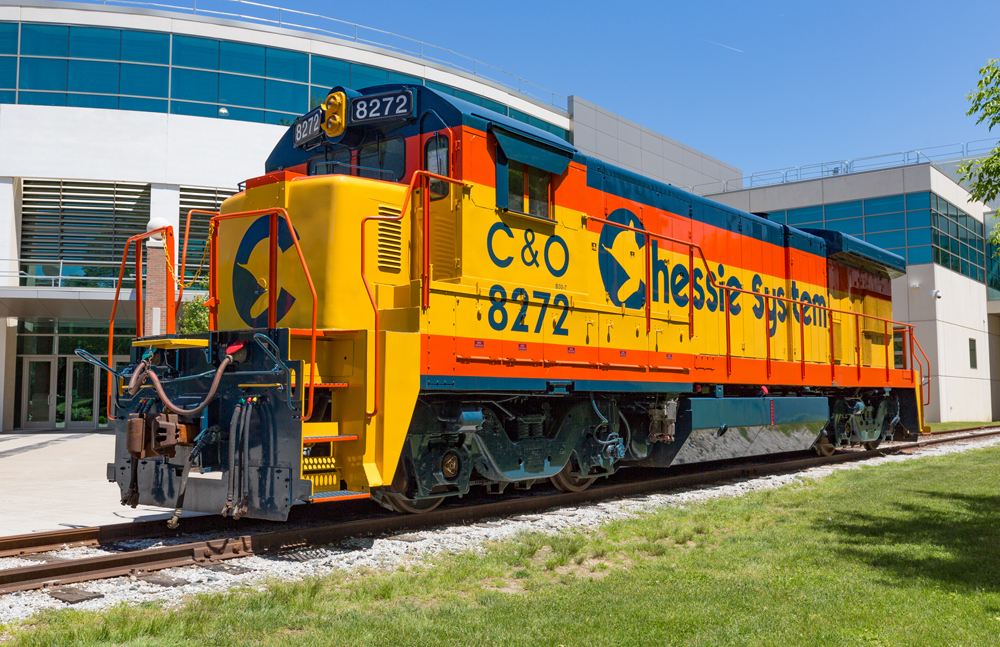
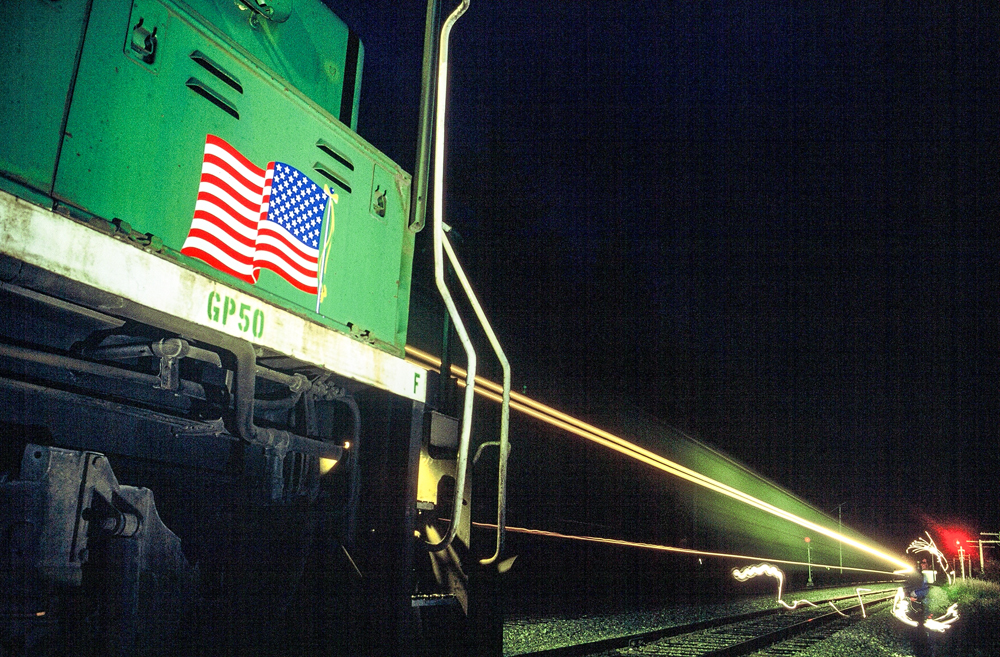




Unrelated to this tragedy but a good read about an engine watchman who is destined to soon loose his job due to the invasion of Mr. D’s Machine is The Long Summer of George Adams by Weldon Hill. It takes place during the spring and summer of 1952 in Sumac, Oklahoma,* when George reluctantly turns forty. Google the title and buy the book. You won’t lay it down until you finish it!
* Sumac is in reality Skedee. It was located on the Santa Fe. In Hill’s novel the railroad is the Kaw & Washita. Sadly, the coaling tower that stood tall and proud overlooking Skedee for so many years was demolished by BNSF despite a protest by the locals to save it. Today the rails have disappeared as well. Progress?
Regarding the “Last Dance” appearing recently in the monthly Classic Trains Newsletter, There are some errors present about locomotive boiler explosions. These appear in the next to last paragraph, which reads, in part:
“Most everyone knows what happens to drops of water that fall into a hot skillet on the stove; imagine this reaction magnified thousands of times. When the cold water hit the white-hot crown sheet of the boiler, there was a tremendous explosion.”
The matter of “cold water hitting the white hot crown sheet” had nothing to do with the explosion. Remembering that water from the tender is first heated by injector steam, then enters at the front of the boiler and is further heated as its temperature equalizes with other boiler water, it really can’t be considered “cold” when it reaches the crown sheet. Even so, if it were just a matter of cooling a protected crown sheet, there would be no explosion because the safety valves could handle what ever excess steam was generated.
So, what causes a boiler explosion? Naturally, it’s low water and the resulting overheated crown sheet, which softens as it gets hotter, ultimately to a point where boiler pressure causes it to collapse into the firebox. Suddenly, the volume of the boiler has increased. The boiler water, an instant ago held at an elevated temperature and pressure and now immediately reduced to atmospheric, has no choice but to flash into steam and seek to occupy a space some 1,400 times greater than it did as water. That is the explosion and it is instantaneous.
This is what happened to the 3139. When the Engine Watchman returned, the water level was too low, leaving the crown sheet exposed. Not realizing this, the watchman started the fire to build up steam pressure. Without water to protect it, the crown sheet over-heated and softened from the intensity of the firing and collapsed causing the remaining water in the boiler to instantly flash into steam, causing the results described in the article.